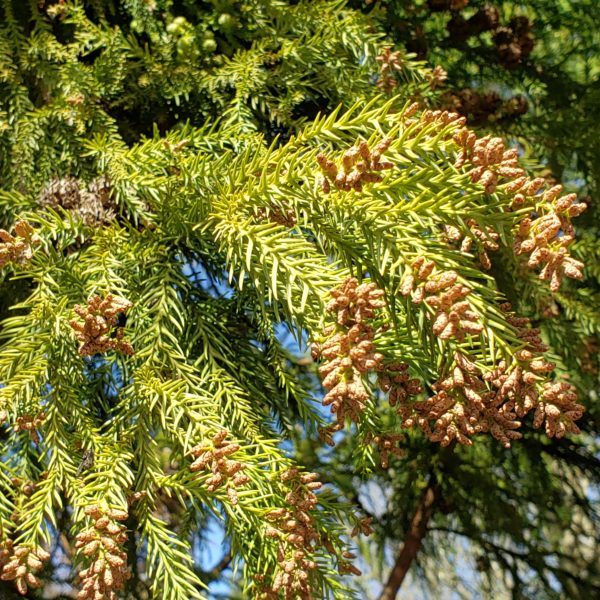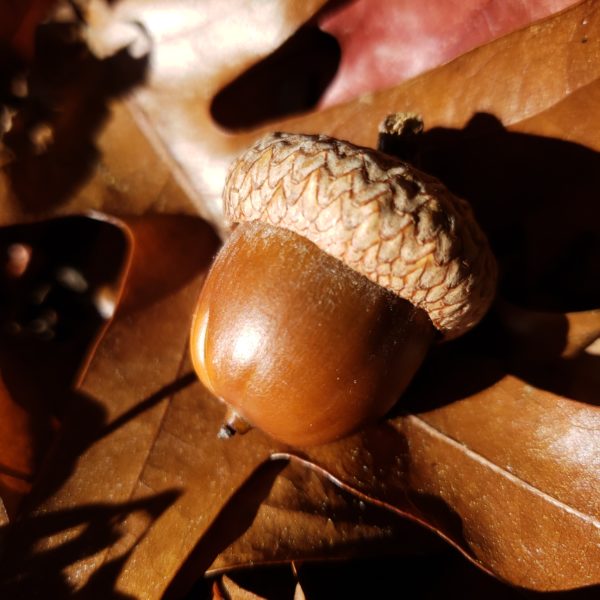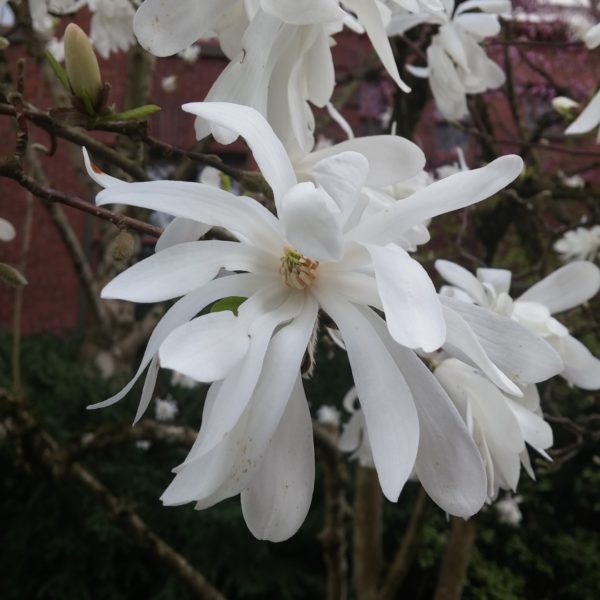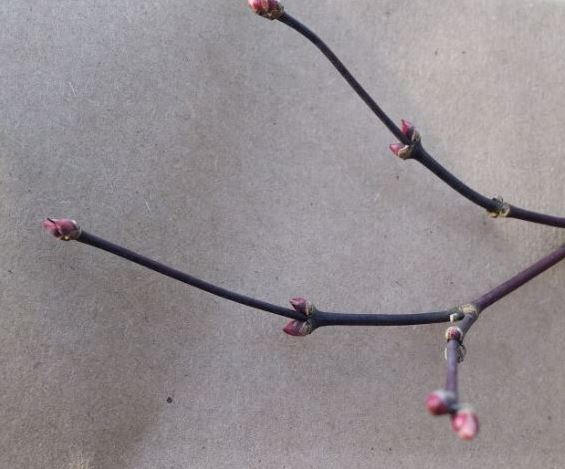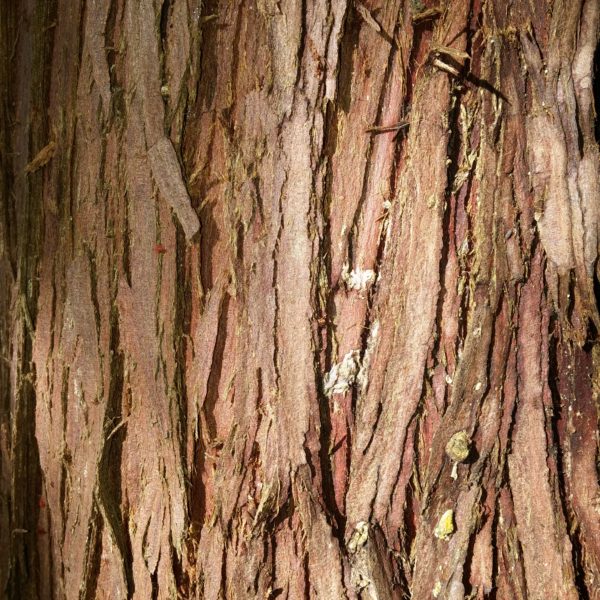Spring in the Willamette Valley is heralded by the awakening of trees seen as bright green growth, showy flowers, and prodigious amounts of billowing tree pollen. Some days the pollen is so thick that every horizontal outdoor surface in the Portland area is coated with the powdery substance. Although it can be a nuisance to those with seasonal allergies, pollen... Read More
At this time of year, trees across the Willamette Valley are producing a bounty of nuts. Nuts are one of the many seed adaptations of trees. The botanical definition of a nut is a dry fruit with only one seed. The seed of a true nut does not split open at maturity. Chestnuts, hazelnuts, and acorns are examples of true... Read More
Spring in the Portland area is accented with explosions of color on flowering trees and shrubs such as the flowering cherry, flowering plum, magnolia, and camellia. These tell-tale signs of spring are not only beautiful, they function as the crucial reproductive system of the flowering plants (angiosperms). In angiosperm reproduction, pollen is produced by the male organ and is transferred... Read More
The snow-covered peak of Mount Hood dominates the eastern skyline of Portland in the winter. From a distance, it looks as though there is a sharp line above which trees do not grow. The elevation above which trees do not grow is called the tree line and is at about 6,000 feet on Mount Hood, or about the elevation of... Read More
After a long, dark winter, the swelling buds on bare branches foretell the coming of an eagerly anticipated spring for many Portland area residents. A bud is an undeveloped part of the plant. Flower buds become blossoms, whereas growth buds develop into shoots. Growth buds are the teardrop-shaped parts of the tree where new growth occurs. A branch grows longer... Read More
January 25, 2018
By Sarah Fry
Tree Anatomy
Now that the leaves have fallen from deciduous trees, this is a great time to admire an often-overlooked part of tree anatomy: the bark. Bark Function Bark serves several crucial functions for the tree. Inner bark transports nutrients throughout the tree. Unintentional girdling of a tree with staking materials or ropes causes severe damage to the tree by preventing this... Read More
Many of the fruit trees in our area are laden with fruit at this time of year. These fruit are the seed-containing ripened carpels (ovule and ovary) of the fertilized spring flowers. Some fruit, such as the apple, include other flower parts as well. After the flower is fertilized, the resulting developing seeds emit a growth hormone that causes the... Read More



